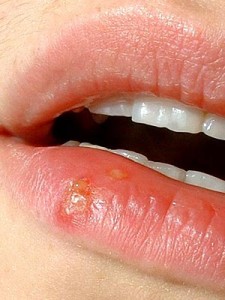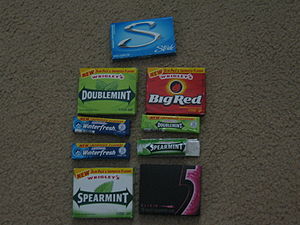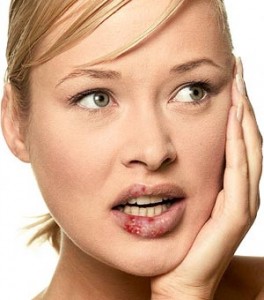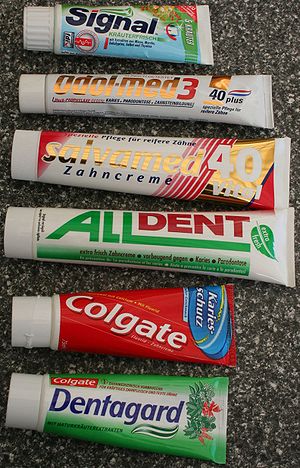
© Everyday Health, Inc.
Viral infections are very common among Americans for they are readily transmitted by saliva and other bodily fluids. The herpesviruses are the most frequent cause of viral infection in the mouth and herpes simplex virus (usually type 1) is the one responsible for cold sores.
What are cold sores?
Cold sores, fever blister or medically termed as herpes labialis is a common viral infection caused by the reactivation of the latent herpes simplex virus in the nerves after primary herpes infection. They are usually fluid-filled blisters or sores found on the lips or around the mouth and are not an inherited condition. Sometimes sores can appear on the chin, cheeks, in the nose or inside the mouth.
Cold sores can be mistaken as canker sores, another common oral condition, but both are very much different in their tendency to recur, in number and in duration. Canker sores are not caused by virus and are not contagious. Continue reading →
 What is thrush in general
What is thrush in general







